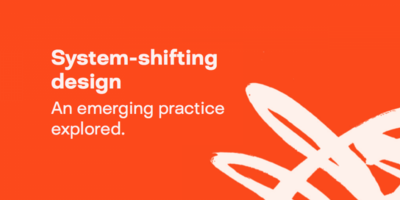University of Leicester

Six million people in the UK are affected by tinnitus every day – ranging from a light buzzing to a constant roar in the ears and head – with 600,000 seriously affected by the condition. It can have a detrimental effect on quality of life including bouts of anxiety, difficulties socialising and problems sleeping or being able to concentrate.
The incessant nature of the symptoms and this lack of a solution for many makes even short periods of respite an extremely attractive proposition. Currently, no treatment exists that has been universally proven and pharmaceutical-based treatments can cause significant side effects.
However, during tests of light therapy for visually related conditions, researchers at the University of Leicester made the serendipitous discovery that exposure to very specific, individually tailored coloured light led to alleviated symptoms in up to 40% of tested subjects. Further research was carried out to confirm these findings and this produced impressive data on the efficacy of tint therapy in treating tinnitus.
Challenge
The researchers filed a patent for this application of tint therapy, and they envisaged a product for use at home by tinnitus sufferers for brief periods of relief. The prediction was the product could occupy a similar market to that of hearing aids or spectacles - it could be sold to patients for use at home, though would require initial professional input.
The University had made a dramatic breakthrough in tinnitus treatment, and had some fantastic new technology, but at this stage only had a rudimentary prototype. To gather momentum for commercialisation, they called on Design Council expertise.
What we did
Design Associate Neil Gridley was appointed to provide input on the design in order to develop its technical prototype into a consumable, easily manufactured and usable device. Neil helped with features such as power supplies, plastic material selection and relevant optical properties, as well as insight into consumer use-patterns, size and control placement.
The support given by the Design Council was invaluable to our project. It took us in a particular direction and having something to show people led to a much greater impact for our pitches.
Dr Mike Mulheran, part of the research team
After more user-led testing, the team achieved their objectives. “The collaboration went very well, we got out of it what we wanted and it was a good learning curve,” said Tas Gohir, IP Manager at the University of Leicester. “We didn’t know what the prototype would look like at first. Neil helped us to expand the range of options and select the right one. He sat down with us and worked through them; he also gave us talks on design in general, which were useful. We are closer to having a sellable product.”
Gohir went on to say that future projects would involve design earlier in the technology transfer for maximum impact.
Results
In July 2012, the research saw the University nominated as a finalist in the Make it in Great Britain competition. The prototype now has MHRA approval for clinical trials, and the technology is at the stage to move forward. If the clinical trial stage goes well, the team will be able to begin engaging licensing partners, who will in turn be able to go through the full approval process.
Subscribe to our newsletter
Want to keep up with the latest from the Design Council?

